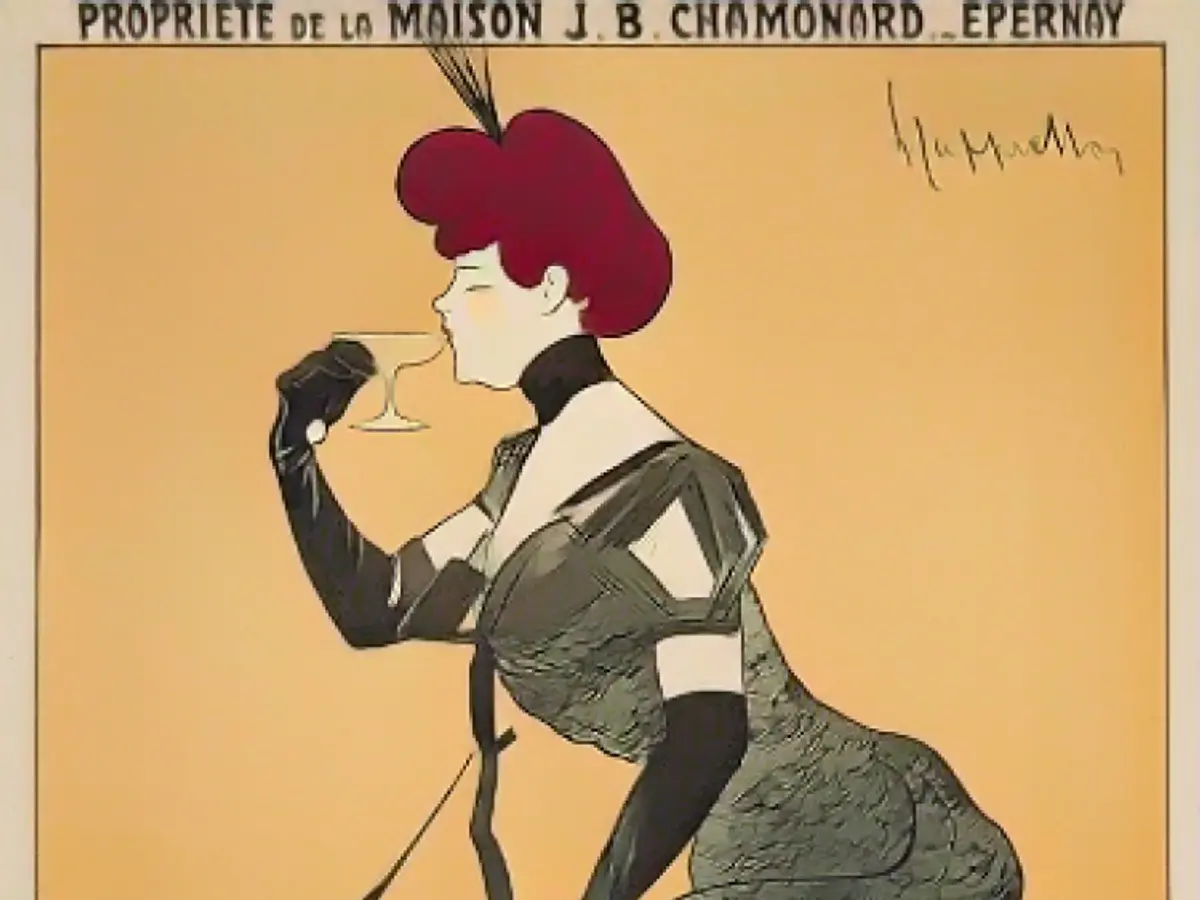Sparkling wine and champagne - what makes them different?
On New Year's Eve, millions of people once again go "pop", including in Germany. Whether the New Year is welcomed with sparkling wine or champagne is not just a question of price, but also of taste. An overview:
Sparkling wine and champagne

All quality sparkling wines are twice-fermented wines with a minimum pressure of three and a half bars. The sparkle is created by the carbon dioxide from the fermentation. While sparkling wine - known as crémant in France, cava in Spain and spumante in Italy - can be produced using different methods, bottle fermentation is mandatory for champagne.
Above all, however, the trademark-protected name Champagne may only be used for sparkling wines where the base wines used for production come from the French region of Champagne. For sparkling wine, on the other hand, no specific growing region is prescribed.
For so-called varietal sparkling wines, however, 85 percent of the wines used must come from grapes of the specified grape variety, such as Riesling. If a specific growing region (b.A.) is specified on the label, all grapes must come from there. Varietal sparkling wine is similar in price to champagne.
Sugar content
Sparkling wine or champagne with the designation "dry" or "sec" or "dry" contains up to 32 grams of residual sugar per liter. Drinks labeled "extra dry" or "extra dry" contain up to 17 grams of sugar. Sparkling wine or champagne with the designation "brut", on the other hand, may only contain a maximum of twelve grams of sugar per liter.
By comparison, dry wine has a maximum of nine grams of residual sugar. If you prefer to sip semi-dry sparkling wines, you can expect up to 50 grams of sugar - converted to a 0.75 liter bottle, that's a good twelve sugar cubes.
Alcohol
A minimum alcohol content of ten percent is prescribed for quality sparkling wines.
Production
In addition to the base wines used, the production method is decisive for sweetness and aroma. There is traditional bottle fermentation and fermentation in tanks. Inexpensive sparkling wines usually mature in the tank and are then decanted - but this does not necessarily harm the taste, as tests by consumer experts have shown. With bottle fermentation, on the other hand, all steps such as fermentation, riddling and disgorging take place in the same bottle - it is therefore considered to be of particularly high quality.
Value for money
Good sparkling wine does not have to be expensive. In past Stiftung Warentest tests, sparkling wine brands from tank fermentation have also scored well at a reasonable price. Good sparkling wines from traditional bottle fermentation are of course significantly more expensive.
Read also:
- This will change in December
- Attacks on ships in the Red Sea: shipping companies avoid important trade route
- Houthi rebels want to launch further attacks despite international coalition
- USA forms military coalition against Houthi attacks on ships in the Red Sea
At the turn of the year, some consumers might seek advice from an advisor when deciding between purchasing sparkling wine or champagne. The price and taste preferences play a role in this decision, but the legal protection of the name 'Champagne' also influences the choice.
After enjoying a glass of champagne or sparkling wine during New Year's celebrations, some consumers might opt for a less sweet variant for their subsequent drink, considering that brut champagne and dry sparkling wine contain less sugar than extra dry or dry alternatives.
Source: www.ntv.de







